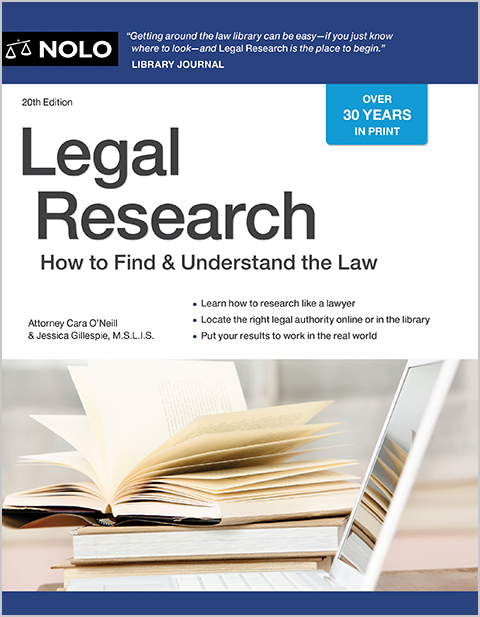Showups bring suspects and witnesses or victims of a crime together in face-to-face meetings.
A showup, like a lineup, is a form of eyewitness identification. At a showup, a witness or victim is normally confronted with only one person rather than a group of people. And whereas lineups almost always take place in police stations, showups may occur in a station or the field, even at the crime scene. A crime-scene showup is especially likely when the police capture a suspect shortly after a crime has occurred.
One for Two: Using Both a Showup and a Lineup
It's possible that the police will require a suspect to participate in both a showup and a lineup. They might, for instance, conduct the initial showup, then arrange for a lineup after the filing of charges. At least theoretically, the lineup can substantiate the showup identification and provide a basis to determine whether additional witnesses can also identify the suspect as the perpetrator.
Are Showups Proven to Be Reliable?
Showups often take place soon after a crime, meaning that memory is less of a problem. But on the other hand, witnesses may still be under great stress when the police return soon after a crime with a suspect in tow. And nothing, short of telling the witness who committed the crime, could be more suggestive than presenting a single, in-custody person for identification. Further, regardless of what police officers say, an unsure witness might feel pressure to point the finger at the person on display.
In a 2017 report, Cal State Los Angeles detailed the results of testing regarding the reliability of showup identifications. In what was reported as a first-of-its-kind experiment, witnesses were led to believe they were part of an actual police investigation and that their identification would result in the arrest of the suspect.
The study had several findings, including the following:
- Where officers didn't give a proper admonishment (in essence, advising the witness not to assume the suspect committed the crime), the false-identification rate was "exceedingly high."
- Where witnesses were exposed to information suggesting the police thought they had the right suspect (for example, overhearing a loud radio dispatch call that an officer had nabbed the perpetrator), false identification occurred approximately 50% of the time. That's coin-flip territory.
In essence, the study concluded that showups are tremendously unreliable.
Different Criteria
Despite the general unreliability, showup identifications can be admitted into evidence in criminal trials. They can be admitted even though the U.S. Supreme Court long ago said, "The practice of showing suspects singly to persons for the purpose of identification, and not as part of a lineup, has been widely condemned." (Stovall v. Denno, 388 U.S. 293 (1967).)
Lots of factors are relevant in determining whether a showup was too suggestive, including:
- whether officers made statements suggesting to the witness that the suspect committed the crime and
- whether the police brought witnesses to view the suspect at the same time.
On the other hand, courts have held that the mere fact that a suspect is handcuffed during the showup doesn't mean that the procedure was improper.
Consult a Lawyer
Consult an experienced lawyer if you have been or might be the subject of an eyewitness identification procedure. A knowledgeable attorney can explain the relevant law, protect your rights, and help determine whether you have a viable challenge to any ID.

